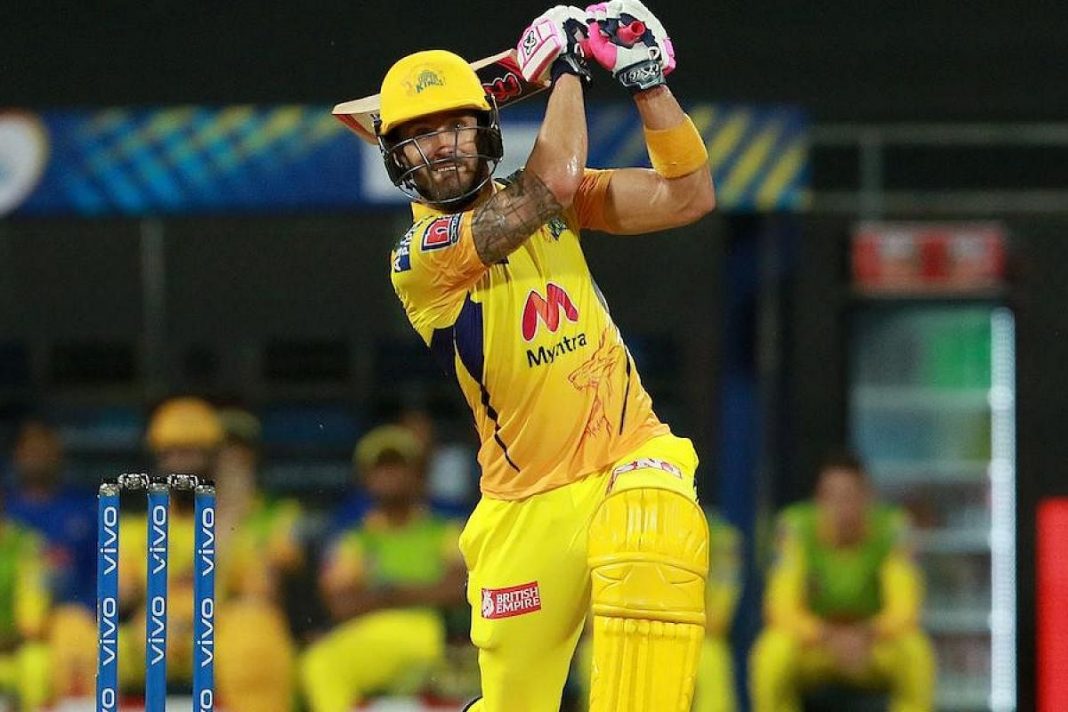A spectre is haunting global cricket: the supplanting of the international game by a proliferation of franchise-based competitions which threaten to turn the entire calendar into a rapacious, globalised diet of T20 leagues.
Driven by the success of the IPL and the seemingly insatiable appetite of its corporate bosses, the biggest franchise leagues have already consumed almost half the playing year, and only three months – July, October and November – are currently unaffected by these ‘domestic’ franchise competitions.
Meanwhile, we hear increasingly that Test cricket and/or ODIs will soon be a thing of the past, and that in the face of intolerable demands upon their time and energy and the lucrative prospect of the IPL and its imitators, the best players will vote with their wallets and step away from the international game.
It needs to be made very clear from the outset that franchise-based cricket is a parasite: these commercial operations – one of the few criticisms I would make of Stefan Szymanski and Tim Wigmore’s excellent book Crickonomics is that they refer to the IPL and other franchise leagues as ‘club cricket’ when the franchises are simply cricket-based businesses – do little or nothing to develop players, relying on the traditional stuctures of the national organisations to produce their stars for them.
Constantly strapped for cash by comparison, county, state and provincial systems are expected to turn out an unending supply of outstanding cricketers so that Indian tycoons and their counterparts elsewhere can snaffle them up and add them to their profit-generating circus.
If the ICC had any spine at all it would call out this iniquitous system instead of caving in to the demand for ever-larger ‘windows’ for the franchise leagues, and would insist that a significant proportion of the leagues’ income be ploughed back into the domestic systems from which the players come, withdrawing recognition from any league which refuses to comply.
Is it inevitable that the iron laws of the market will win, and that global corporatism – now reflected in Cricket South Africa’s decision to sell its T20 franchises to six IPL companies – will completely destroy the patterns of international cricket which first developed 150 years ago?
To everything there is a season, some will reply, and the leisurely days of the five-day Test, or even a 100-over ODI, have gone.
Yet it is clear that there remains a demand for Test cricket and for the one-day format, and that both are capable of providing levels of enjoyment and satisfaction which are simply beyond the limits of the quick-fix T20 format.
What we need is a global organisation robust enough to withstand the bullying and the blandishments of the franchise bosses and their enablers in the greedier national governing bodies, and smart enough to create competitive structures which grow and expand the game rather than allowing it to contract into the sporting equivalent of a Ponzi scheme.
Instead of which, we have an ICC which inevitably turns its back on every good idea it ever has.
The Intercontinental Cup? Abandoned immediately it became evident that it could provide the basis for a steady expansion of Test-playing status. The World Cricket League? Repeatedly cut back, until it was replaced by something much less transparent. The Super League? Dropped before it had completed its first edition, to be replaced by bilateral fixtures which everybody agrees are meaningless. T20 World Cup Global Qualifiers? Split into two, then abandoned in favour of a rankings system which is manifestly open to manipulation and abuse.
You could almost believe that the ICC was pursuing a deliberate strategy to destroy the international game and clear the way for the Gaderene rush of the franchises.
What would a coherent global system, capable of competing successfully with the tycoons, look like?
It would have a proper Test championship, built in the first instance on the twelve existing Full members – perhaps playing home and way in four three-team groups, followed by a Super Four – but soon expanding to include four more Test-playing countries emerging from a reconstituted Intercontinental Cup.
There would be a clear qualification pathway for the 50-over World Cup, in which the Super League would be replaced by something a good deal less ad hoc (one of the flaws in its initial structure was the basing of groups on who didn’t want to play whom), again with a group system fed by regional competitions, designed to allow aspiring Associates to compete in meaningful fixtures with the Full members.
Such a system would serve the dual purpose of making every ODI ‘relevant’ and of forcing the all-too-reluctant Full members to play regular ODIs against the top Associates, thus providing the latter with the experience they so badly need if they are to continue to develop.
And the same principles would infuse a T20 pathway in which more countries were able to compete for more places in the T20 World Cup, with all ICC members required to qualify from regional competitions, the strongest directly and the next best going into a global qualifier to settle the remaining places.
It might be that from the leading countries some players would opt for a career fully based on the franchise leagues – a situation more akin to tennis’s Davis Cup, where top players are often unavailable because of tour commitments, than to football, where there is still no higher honour than playing for your country – but equally, we are already seeing a degree of specialisation between the formats which means that teams in red-ball cricket often look very different from their white-ball counterparts.
We should note, also, that the reluctance of the BCCI to give equal significance to a women’s IPL gives the ICC an opportunity to redouble its efforts to promote and expand the women’s game, building structures which are based on the same principles as for men’s cricket and which provide meaningful competition for increasing numbers of countries across all three formats.
The crucial thing is that international cricket, both for men and women, should be coherent, consistent, competitive and dedicated to growing the game.
You’re reading Emerging Cricket — brought to you by a passionate group of volunteers with a vision for cricket to be a truly global sport, and a mission to inspire passion to grow the game.
Be sure to check out our homepage for all the latest news, please subscribe for regular updates, and follow EC on Twitter, Facebook, LinkedIn and YouTube.
Don’t know where to start? Check out our features list, country profiles, and subscribe to our podcast.
Support us from US$2 a month — and get exclusive benefits, by becoming an EC Patron.








Rod, commercial ventures that operate professional cricket teams are like other commercial ventures: don’t invest in training your own workforce if you can get away with it.
It’s a shame test cricket is under threat. I believe that in order to save test cricket, it needs a world cup, not just the World Test Championship.
I’m sure one is asking how that would be possible considering the length of test matches? Easy. Make it a straight knockout tournament where the teams play in do or die matches until one remains.
It should be about 16-32 teams in total (that’s after they give everyone test status), have each round of matches play simultaneously, be mainly day/night matches with the pink ball and schedule it so the 4th and 5th days are on the weekend.
And of course, this will remove the notion of draws. If a team has to chase 490 on the final day, I would prefer a heartfelt chase than playing for a draw.
Something like that is what test cricket needs.